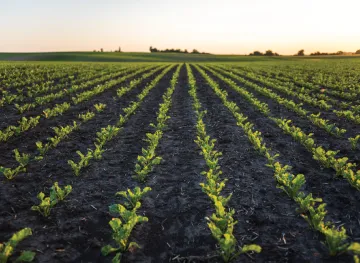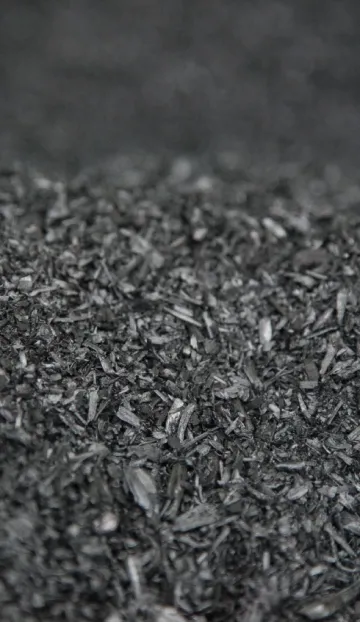
The University of Arizona BRIDGES* program examines how genes drive impacts that span from individual organisms to entire ecosystems.
Funded by the National Science Foundation, BRIDGES engages outstanding graduate students in projects that trace cascading effects of DNA from biology to ecology to better understand how wild and agricultural systems function and respond to change.
For Changpeng Fan and Sabrina Wilson, the program supports research that explores role of plants and soil microbes in the carbon cycle, both key players in strategies for curbing global warming.
Changpeng Fan, a PhD student in hydrometeorology, is using deep learning technologies to create algorithms that can predict microorganism populations in soil and how much organic matter those microbes decompose.
Because soil plays a key role in the way that carbon cycles through Earth systems, properly accounting for its impact improves our ability to predict levels of carbon dioxide in the atmosphere, which is key to modeling climate change.
Historically, studying these microbe communities has relied on physically collecting soil samples and manually analyzing all of the genetic material they hold. It’s a labor-intensive undertaking constrained by time, money and geographic accessibility.

Biochar, used to amend crop soil, could play a role in reducing greenhouse
gasses in the atmosphere.
Creative Commons
As an alternative to that process, Fan is training algorithms on real-world soil samples. As this machine learning advances, AI will be able to increasingly predict the functional composition of soil microbe communities and their impact on carbon sequestration based purely on inputs such as geolocation, local weather and other factors.
Sabrina Wilson, a master’s student in atmospheric science and ecosystem genomics, is working to bring new data inputs to the Community Land Model (CLM 5.0), a tool developed by the National Center for Atmospheric Research to model Earth systems.
Her research explores how biochar, a soil amendment used in agriculture, could mitigate climate change through its positive effects on soil health and greenhouse gas emissions.
Biochar is a win-win-win in environmental science. Created by applying intense heat and pressure to forest trimmings or plant waste left over from harvests, it helps soil hold nutrients, retain water and nurture microbes, increasing crop yields. It also reduces carbon dioxide in the atmosphere by making plants better at storing carbon and by using up waste that would otherwise decompose or be burned, releasing greenhouse gasses.
Wilson collected data on a range of biochar applications and their effects on greenhouse gasses and soil. Using AI and machine learning tools at Sandia National Laboratory in New Mexico, she’s now optimizing the relevant parameters in CLM 5.0 and validating the predictive accuracy of those adjustments across environments around the world.
* Building Resources for InterDisciplinary training in Genomic and Ecosystem Sciences
